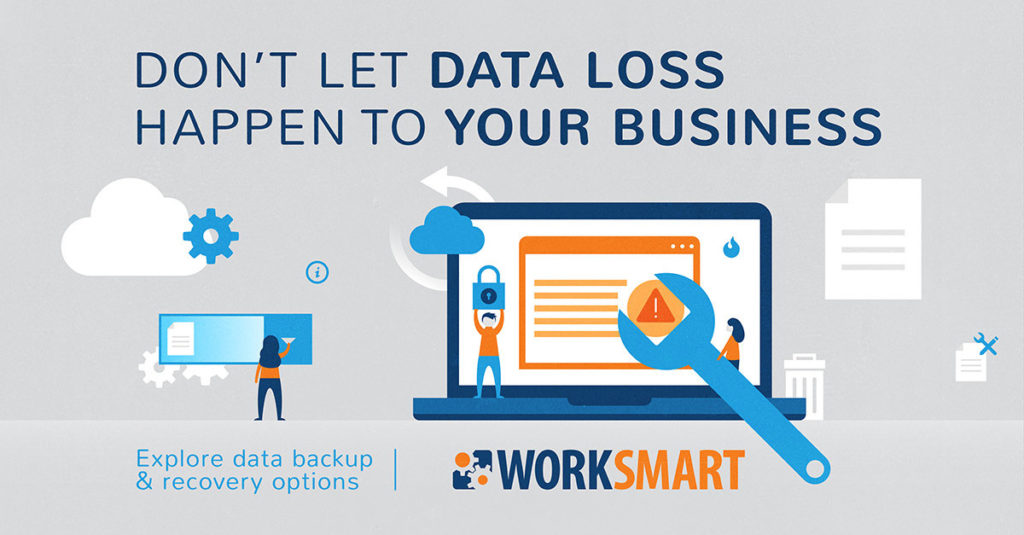It’s January, and like every month of the year we’re thinking about cybersecurity and ways to make sure all our clients are protected as security threats evolve. Before you do anything else this year, we want to remind you that it’s time to check the backups.
Time to check the backups








